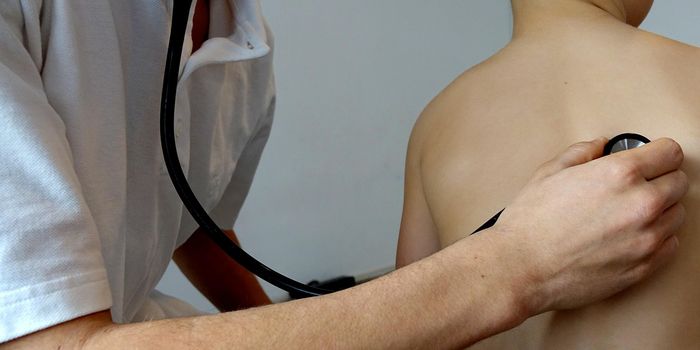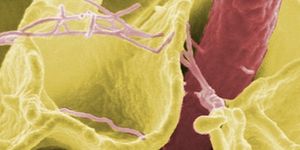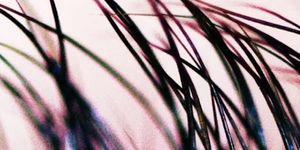Just like ants marching in line, stem cells seem to migrate by moving back and forth in a linear fashion. Researchers at Newcastle University made the discovery, which is part of an investigation into how stem cells relate to one another and interact with their environment. The work, reported in Physical Biology, aims to shed light on the growing conditions favored by these cells, which are challenging to raise in the lab.
"At first glance, cells appeared to move around aimlessly, but with closer scrutiny subtle patterns became evident," said mathematician and Postgraduate student, Laura Wadkin, who worked with postdoctoral researcher Dr. Sirio Orozco and academics from the Institute of Genetic Medicine to make the discovery. "On their own, the cells were seen to shuffle along an almost straight line, often retracing their steps like ants along ant trails.”
"When in pairs, the stem cells would each wander around but stay within reach of one another. In fact, we saw that they were often tethered to each other with a narrow link of cytoplasm, a bit like holding hands." The videos show these behaviors.
Stem cells are special because they are a kind of generic cell that can be turned into nearly any cell type in the body. They have tremendous therapeutic potential; they were once only found in embryonic tissues or some other limited source which was difficult to obtain. Researchers have found ways, however, to take regular adult cells and turn them into these blank slates, opening up new therapeutic avenues. This work will help create mathematical models of stem cells, which will reveal more about their behavior.
A good computer model can also be used to predict and possibly control the development and evolution of stem cells.
"It is well known that stem cells are gregarious, preferring to huddle together to avoid differentiating into other cell types,” said Dr. Sirio Orozco, of the School of Mathematics, Statistics and Physics. "However, this is the first time this coordinated motion has been recorded, and it may be a strategy to optimize the cells chances of locating other stem cells, while never straying too far from the path or their partner. A better understanding of this process could help us grow colonies of stem cells in the lab,” he concluded.
Sources: AAAS/Eurekalert! Via Newcastle University, Physical Biology








